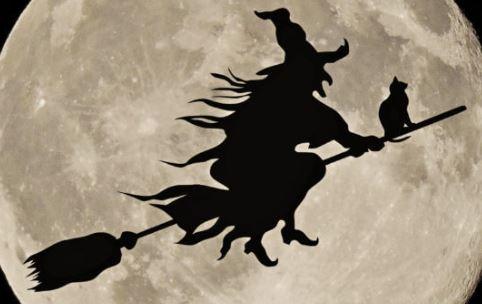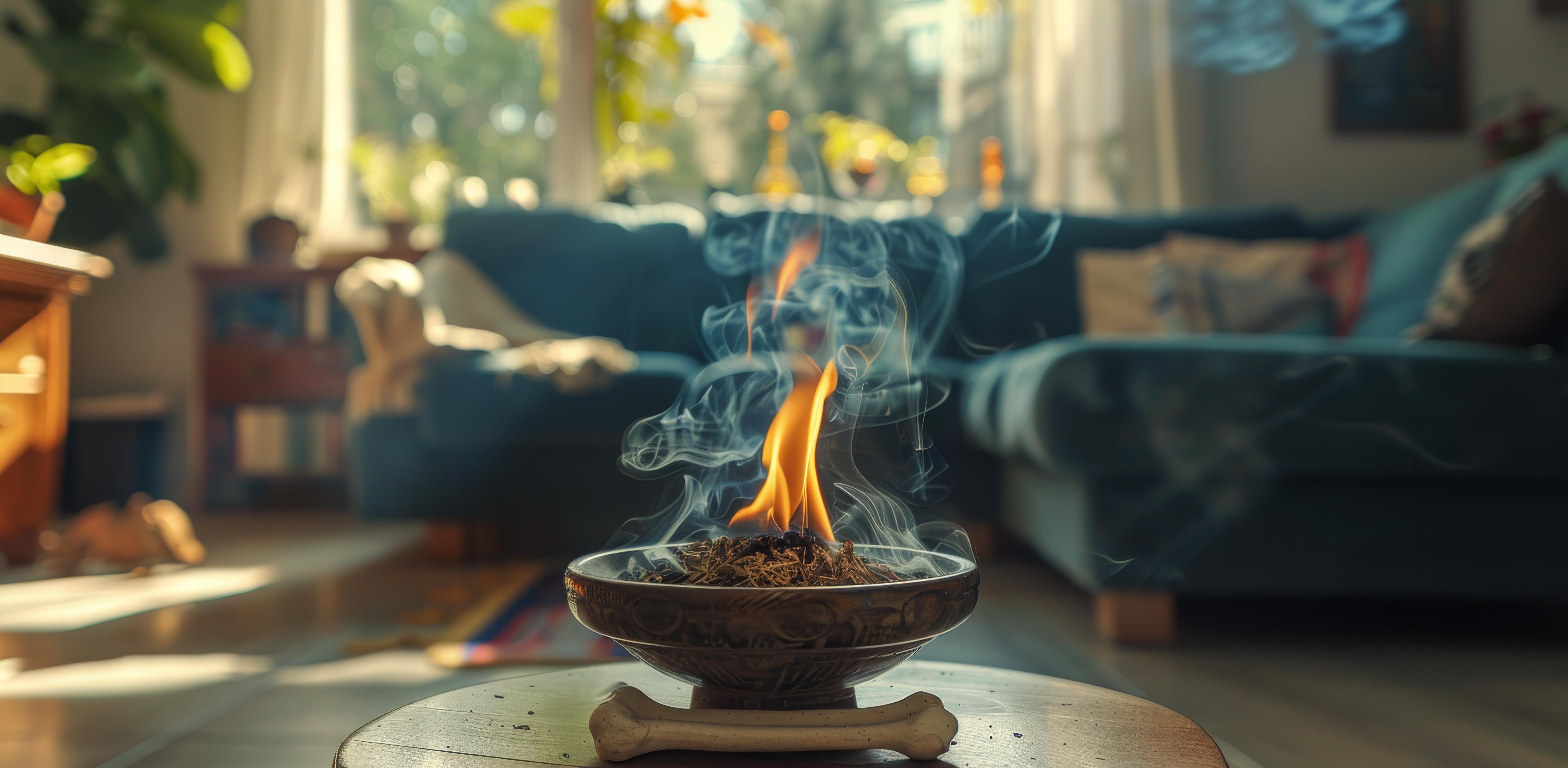Flying Ointment

Flying Ointments
Ritual Ointments in European Witchcraft Tradition
Definition:
Flying ointments, also called witch's ointments, are ointment-like preparations made from psychoactive plants, animal and vegetable fats, and magical ingredients that were used in European folk magic and witchcraft tradition. They were associated, especially in the Middle Ages and the early modern period, with so-called "witch's flights" – symbolic or consciousness-expanding journeys to other planes of reality.
Historical Context:
Folk belief held that witches rubbed themselves with a special ointment to fly through the air on broomsticks, sticks, or animals to the witches' sabbath. In reality, however, this was more of a trance-inducing practice: The ointments contained potent psychoactive plant substances that induced altered states of consciousness – similar to those used by shamans in other cultures for soul journeys or vision quests.
Typical ingredients:
Many traditional or reconstructed recipes contained the following ingredients:
Nightshade plants such as deadly nightshade (Atropa belladonna), mandragora (Mandragora officinarum), thorn apple (Datura stramonium), or henbane (Hyoscyamus niger) – all highly toxic and hallucinogenic
Animal fat, usually goose fat or pork fat, as a carrier
Magical additives such as fly agaric, bat blood, crow's feathers, resins, frankincense, and herbs with ritual significance
The psychoactive alkaloids (e.g., atropine, scopolamine) of these plants have hallucinogenic effects and, when absorbed transdermally (through the skin), can induce strong visual visions, loss of time, dreams, and out-of-body experiences.
Spiritual significance:
In magical and spiritual practice, flying ointments were considered a means of expanding consciousness, transitioning to the otherworld, or communicating with spirits, ancestors, and natural forces. The "flights" were inner spiritual journeys—not physical ones. These techniques resemble ritual trance practices in indigenous cultures and can be understood as a form of European shamanism.
Modern use and reconstruction:
Today, some practitioners of modern witchcraft (Wicca, Stregheria, Neo-Paganism) are experimenting with safer formulations—e.g., with non-toxic herbs or diluted homeopathic preparations. In herbal magic and ethnobotanical research, historical formulations are sometimes analyzed or continued in symbolic form.
Warning:
Original flying ointments are highly toxic and life-threatening. Handling potent alkaloids from nightshade plants requires in-depth knowledge, medical understanding, and extreme caution. Their production and use are prohibited by law or heavily regulated in many countries.
Related terms:
Witch's flight, mandrake, nightshade, trance, shamanic journey, witches' sabbath, altered consciousness, plant magic


